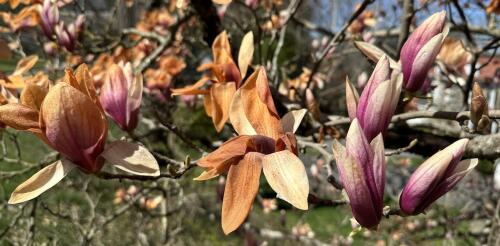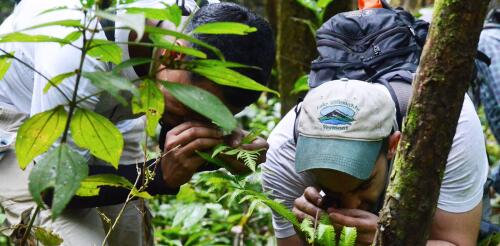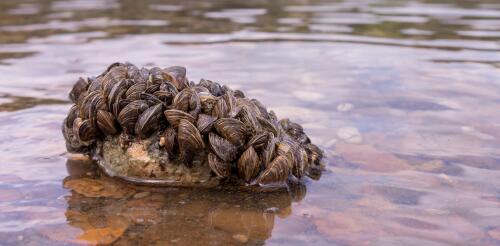Horticulture
With the arrival of spring in North America, many people are gravitating to the gardening and landscaping section of home improvement stores, where displays are overstocked with eye-catching seed packs and benches are filled with potted annuals and perennials. But some plants that once thrived in your yard may not flourish there now. To understand why, look to the U.S. Department of Agriculture’s recent update of its plant hardiness zone map, which has long helped gardeners and growers figure out which plants are most likely to thrive in a given location. The 2023 USDA plant hardiness zone map shows the areas where plants can be expected to grow, based on extreme winter temperatures. Darker shades (purple to blue) denote colder zones, phasing southward into temperate (green) and warm zones (yellow and orange). USDA Comparing the 2023 map to the previous version from 2012 clearly shows that as...
Cranberries are a staple in U.S. households at Thanksgiving – but how did this bog dweller end up on holiday tables? Compared to many valuable plant species that were domesticated over thousands of years, cultivated cranberry (Vaccinium macrocarpon) is a young agricultural crop, just as the U.S. is a young country and Thanksgiving is a relatively new holiday. But as a plant scientist, I’ve learned much about cranberries’ ancestry from their botany and genomics. New on the plant breeding scene Humans have cultivated sorghum for some 5,500 years, corn for around 8,700 years and cotton for about 5,000 years. In contrast, cranberries were domesticated around 200 years ago – but people were eating the berries before that. Wild cranberries are native to North America. They were an important food source for Native Americans, who used them in puddings, sauces, breads and a high-protein portable food called pemmican – a carnivore’s version of an ene...
When you hear about the abundance of life on Earth, what do you picture? For many people, it’s animals – but awareness of plant diversity is growing rapidly. Our planet has nearly 300,000 species of flowering plants. Among animals, only beetles can compete with that number. There are more species of ferns than birds, more mints than mammals, and more beans than butterflies. Measured in total mass, plants make up 82% of all life on land across the globe. We are plant scientists and co-founders of Let’s Botanize, an educational nonprofit that uses plant life to teach about ecology, evolution and biodiversity. In the past several years we have witnessed a botanical boom, with participation in plant-based hobbies surging. From cultivating houseplants to foraging for wild foods and outdoor gardening, plant appreciation is on the rise. Botanizing is spending time alongside plants in order to observe and appreciate them as living organisms – like birding, but w...
Invasive species – including plants, animals and fish – cause heavy damage to crops, wildlife and human health worldwide. Some prey on native species; other out-compete them for space and food or spread disease. A new United Nations report estimates the losses generated by invasives at more than US$423 billion yearly and shows that these damages have at least quadrupled in every decade since 1970. Humans regularly move animals, plants and other living species from their home areas to new locations, either accidentally or on purpose. For example, they may import plants from faraway locations to raise as crops or bring in a nonnative animal to prey on a local pest. Other invasives hitch rides in cargo or ships’ ballast water. When a species that is not native to a particular area becomes established there, reproducing quickly and causing harm, it has become invasive. These recent articles from The Conversation describe how several invasive species are causing eco...
The 2023 Georgia peach harvest is looking bad, although the details are sketchy. By some accounts, it’s the worst since 1955. Or maybe since 2017. There are estimates that a mild winter and late spring frost have cost Georgia growers 50% of their crop. Or perhaps 60%, or 85% to 95%. Consumers, say the growers, should expect less fruit, though what’s produced may be “fantastic and huge and sweet.” And they should expect to pay quite a bit more. As ominous as this may sound, the unpredictability of Georgia’s peach harvest has been predictable since the industry’s earliest days. So has public hand-wringing about it. It can be hard to say what a “normal” year is. In 1909, growers produced just over 826,000 bushels. In 1919, it was up to 3.5 million, then 4.4 million in 1924, then back down to 1 million in 1929. There may be plenty of peaches on Georgia license plates, but according to the University of Georgia’s 2021 Georgia Fa...




